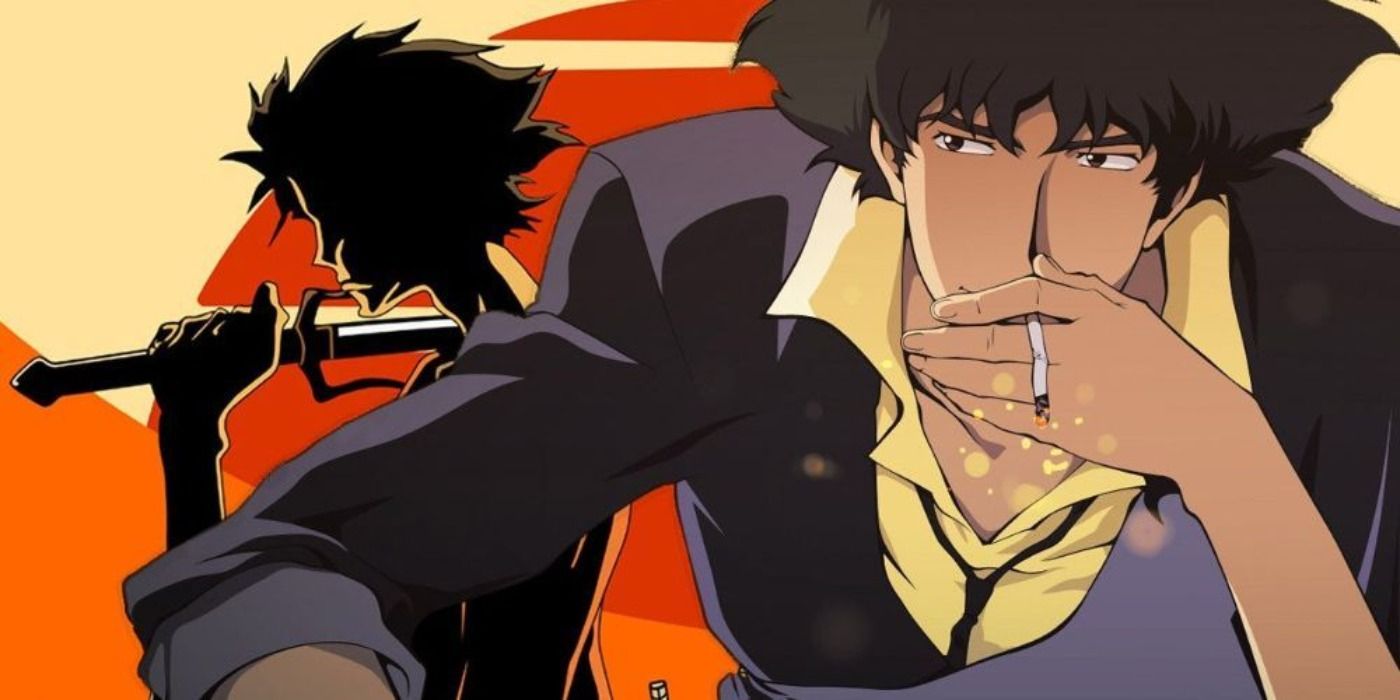
Cowboy Bebop and Samurai Champloo, both directed by Shinichirō Watanabe, are exceptionally well-known titles in the anime community. Moreover, despite the former being over two decades old and the latter not far behind, both still make perfect titles for those just dipping their feet into the medium. Here’s why Bebop and Champloo are excellent options for first-time anime viewers.
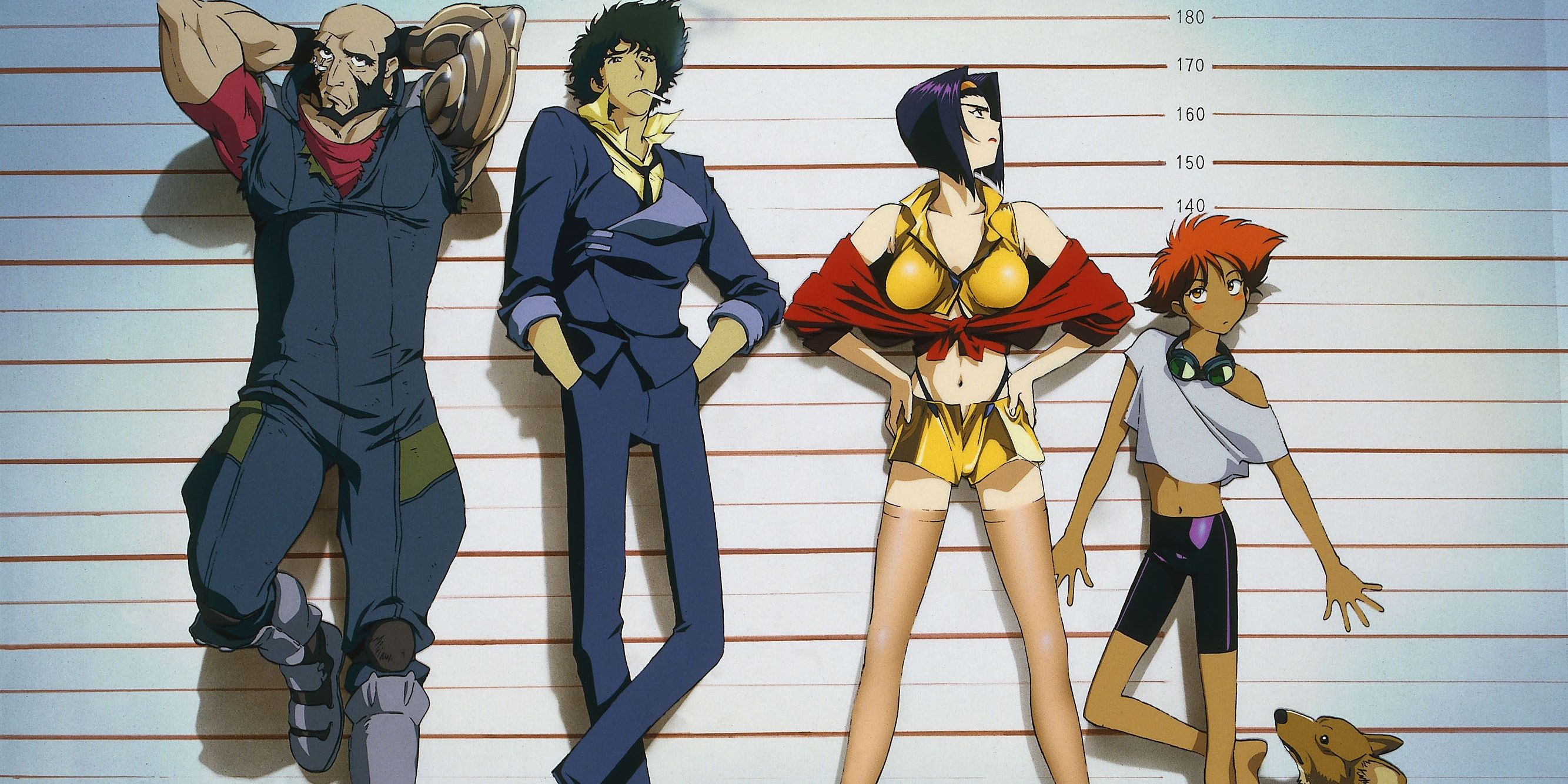
First released in 1997, Cowboy Bebop is set in a time when bounty hunters known as cowboys roam the galaxy in search of fugitives to hand over to the authorities. Cowboy partners Spike, an easygoing drifter, and Jet, a former cop, are eventually joined by con artist Faye, genius teenage hacker Edward, and a Welsh Corgi named Ein on their ship the Bebop, combining their skills to hunt down and capture both small and big-time criminals.
Samurai Champloo, released in 2004, takes place in Edo-period Japan. When waitress Fuu’s path crosses with a wandering vagabond named Mugen and a masterless samurai called Jin, she convinces the two men to accompany her on a mysterious search for a “samurai who smells of sunflowers.” Together, they journey throughout the country, getting into many misadventures along the way.
On the face of it, neither of these stories is especially challenging or complex. Although both titles contain an overarching plot, the majority of the episodes are character-orientated, and crucially, don’t rely on common anime tropes to tell their respective stories. This means that people new to the medium don’t need any prior knowledge or experience in order to immerse themselves into the worlds these shows portray or relate to the characters that populate them.
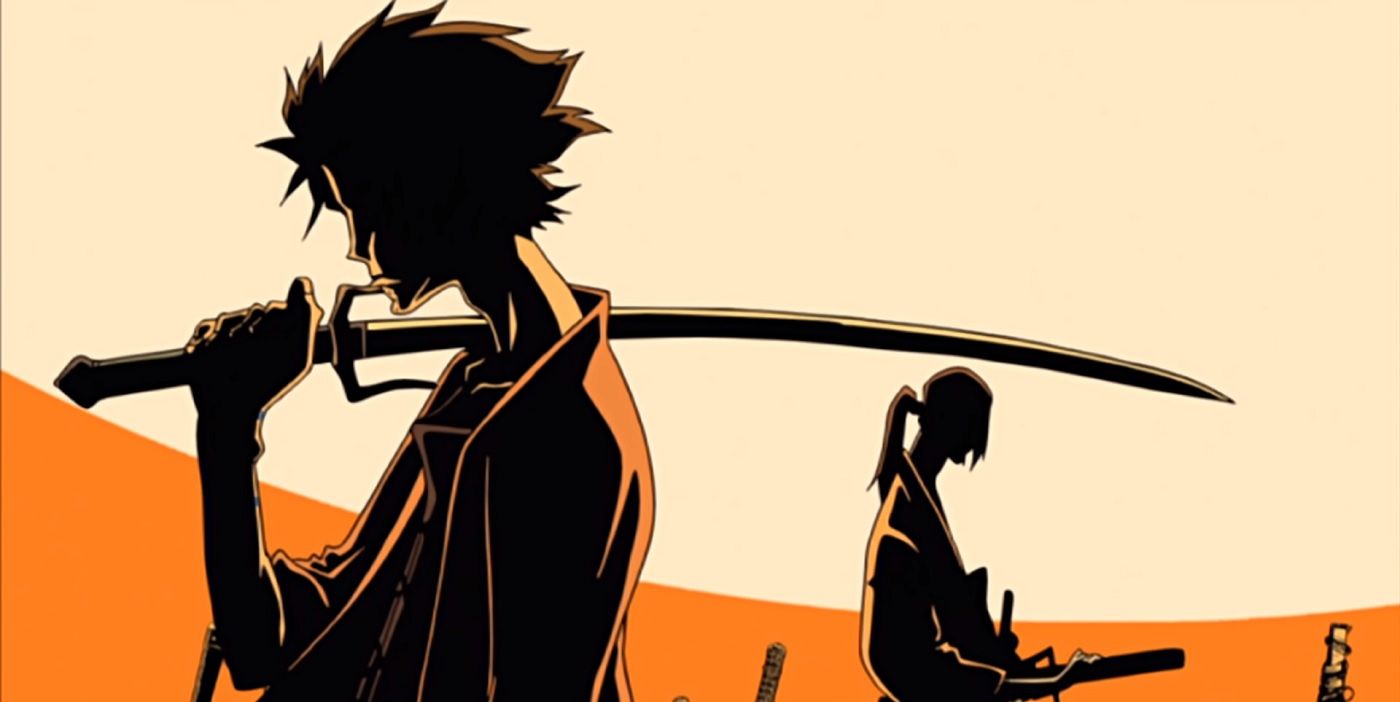
As mentioned above, the majority of the episodes in both shows are more or less entirely episodic in nature. This has the distinct advantage of viewers being able to step in pretty much wherever they like; there’s no pressure to binge-watch, since a single episode usually encapsulates a complete ‘mini-story,’ and with a few exceptions, people don’t even need to watch the episodes in order to make sense of or appreciate the plot as a whole.
Both anime also contain 26 episodes (and in Cowboy Bebop’s case, one movie, which itself plays out like a long episode that doesn’t require any prior viewing to fully enjoy). There’s therefore no confusion about where to begin with either series, as there sometimes is with anime franchises that contain multiple seasons, films and specials, and which often function as direct sequels, prequels or detailed side-stories.
The standard 26-episode count is also a good number in its own right, as it allows viewers time to become truly involved in the story and its protagonists without having to dedicate an enormous amount of time to watching. Many anime, particularly those based on popular and long-running manga, easily number 50, 100 or more episodes, while other titles run for only a single cour -- 12 to 13 episodes -- which is sometimes not enough to tell a properly fleshed-out narrative or include especially deep character development. In contrast, a 26-episode run offers the best of both worlds.
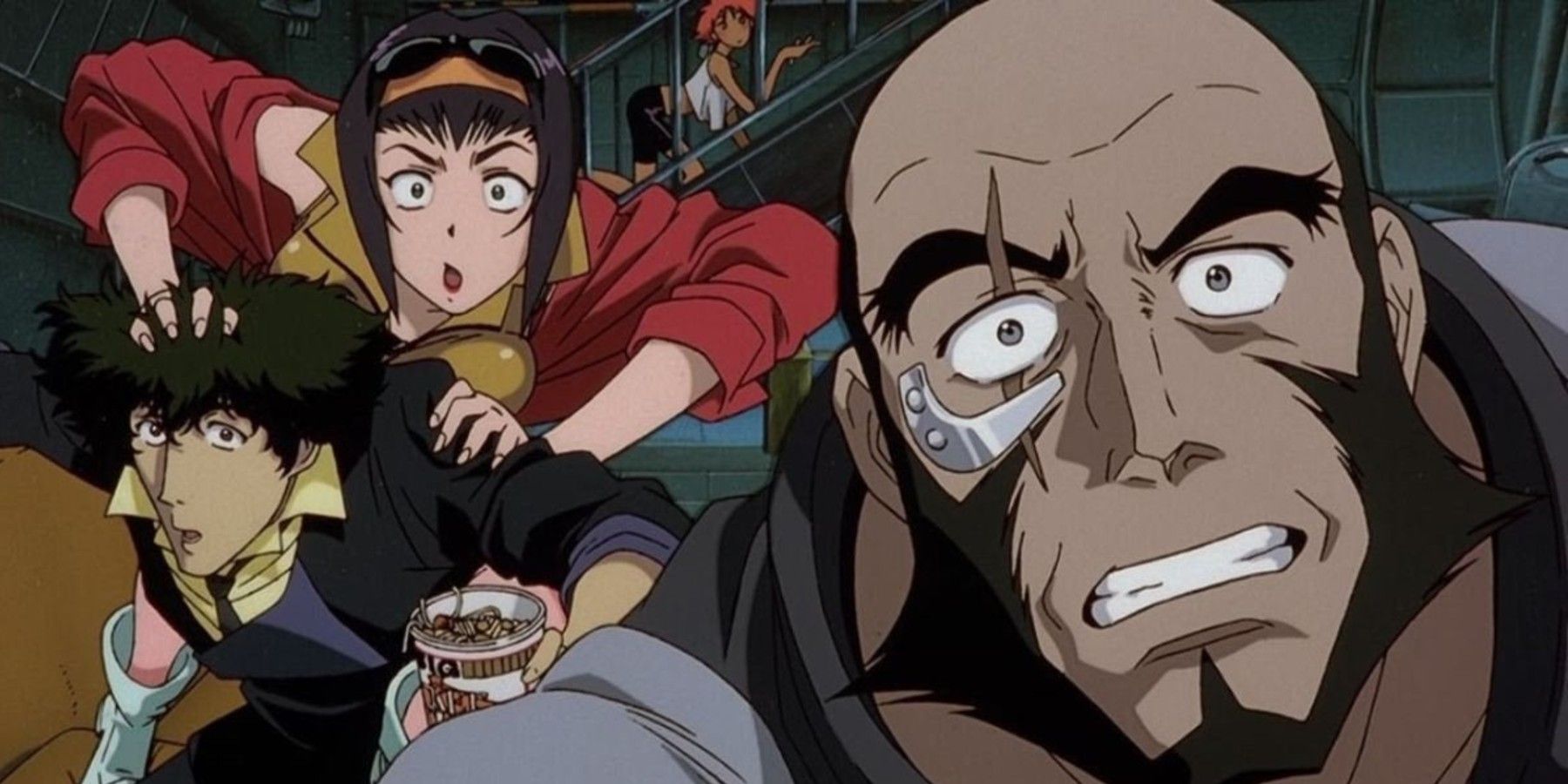
Just as these two titles don’t showcase much in the way of stereotypical anime tropes and conventions, the art style of each is neither outlandishly cartoony nor dramatically stylized -- viewers won’t encounter humungous sparkly eyes, hilariously gravity-defying hair, or totally crazy facial expressions here. While this is still clearly anime and the characters of Cowboy Bebop and Samurai Champloo don’t look like real people, the general art style is relatively down-to-earth, which likely won’t bewilder or put off audience members who aren’t used to or typically dislike the more conventional anime style.
Moreover, the animation has aged incredibly gracefully. Cowboy Bebop and Samurai Champloo might not look new, but neither are they painful to watch -- in fact, they’re still surprisingly easy on the eyes, with fairly smooth movement and no jarringly bad CG.
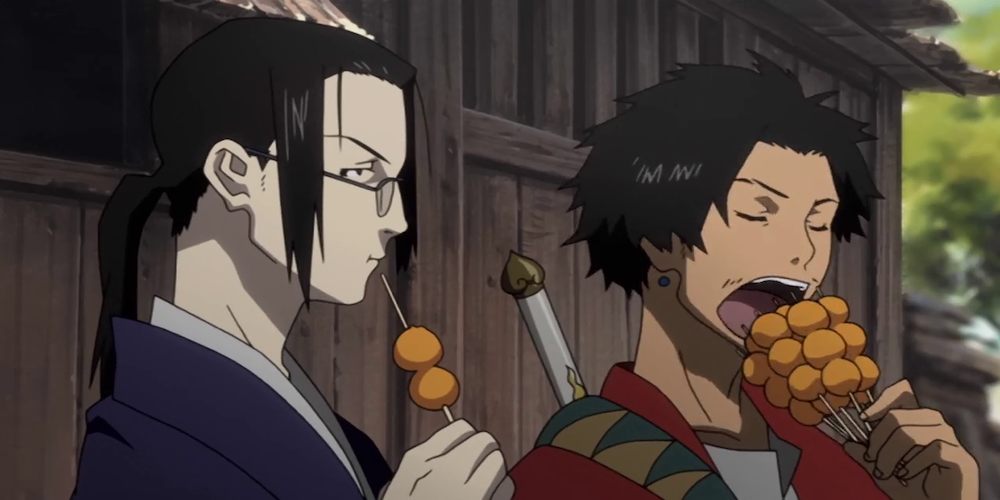
Last but not least, the voice acting is top-notch in both the English and Japanese dubs. While the anime language debate that’s been raging on for decades is no longer quite as vehement as it perhaps used to be, given that English-language voiceovers are now far better in quality than in times gone by, people often just have a natural preference, and Cowboy Bebop and Samurai Champloo cater to both. Whether viewers favor watching in the original Japanese or whether reading subtitles just isn’t their cup of tea, there’s really no ‘wrong’ choice here.
In short, for people who are curious about anime as a medium but unsure where exactly to jump in, the space Western Cowboy Bebop and chanbara Samurai Champloo are ideal places to start the journey.
0 Comments